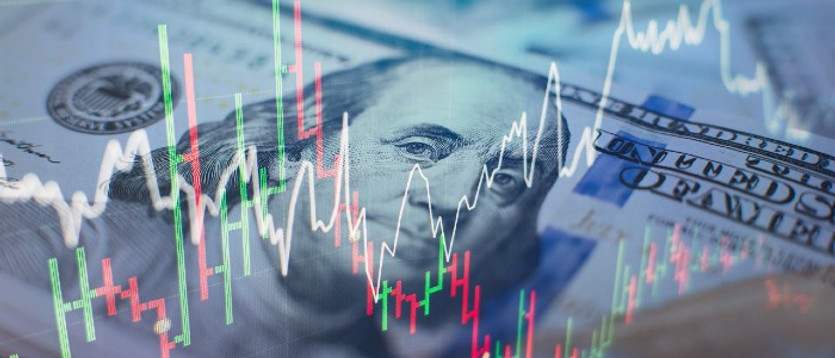The vast majority of economists are talking about further strengthening of the dollar and the growth of the DXY index, while its downward correction is observed on the market.
The DXY dollar index ended yesterday's trading day in negative territory and today it continues to decline, albeit slightly. At the time of publication of this article, DXY futures are traded near the 103.66 mark, remaining slightly above the middle of the range between the local high of 105.56 and the local low of 101.30, reached on June 15 and May 30, respectively.
Oddly enough, yesterday's publication of important macro statistics from the US, which turned out to be positive, did not provide tangible support to the dollar.
The US Census Bureau reported an increase in orders for durable goods in May by +0.7%, which was higher than the forecast of growth of +0.1% and growth of +0.4% in the previous month. Excluding transport, new orders increased by +0.7%, and excluding the defense industry - by +0.6%.
This indicator reflects the value of orders received by producers of durable goods and capital goods (capital goods are durable goods used to produce durable goods and services) involving large investments. The relative growth of the indicator usually has a positive impact on the dollar.
While the dollar's strength has yet to peak, continued Fed tightening could pose an additional downside risk to global economic growth, economists say. And the higher the downside risks to global growth, the greater the upside risks to defensive assets and currencies. Economists say a slowdown in the economy and a change in inflation will persuade the Fed to move away from the course currently favored by its most hawkish members, thus paving the way for a weaker dollar in 2023.
However, in the perspective of the second half of this year, which will begin this Friday (July 1), many economists expect the dollar and its DXY index to resume growth.
The main driver here is the Fed's monetary policy, the most stringent (at the moment) in comparison with other major world central banks. A breakdown of the local resistance level of 105.56 will open the way for the DXY dollar index towards multi-year highs and the mark of 121.00, reached in the summer of 2001.
Today, volatility in the market and in quotes of the dollar may increase again at 13:00 and 14:00 (GMT), when the latest data on US house price indices and the Conference Board consumer confidence indicator, which reflects the confidence of American consumers in the economic development of the country. A high level indicates growth in the economy, while a low level indicates stagnation. An increase in the indicator will strengthen the USD, and a decrease in the value will weaken the dollar.
But in general, market participants remain cautious, avoiding large deals ahead of speeches (Wednesday at 13:00 GMT) by the leaders of the central banks of Eurozone, the US, the UK at the annual ECB forum in Sintra (Portugal).





